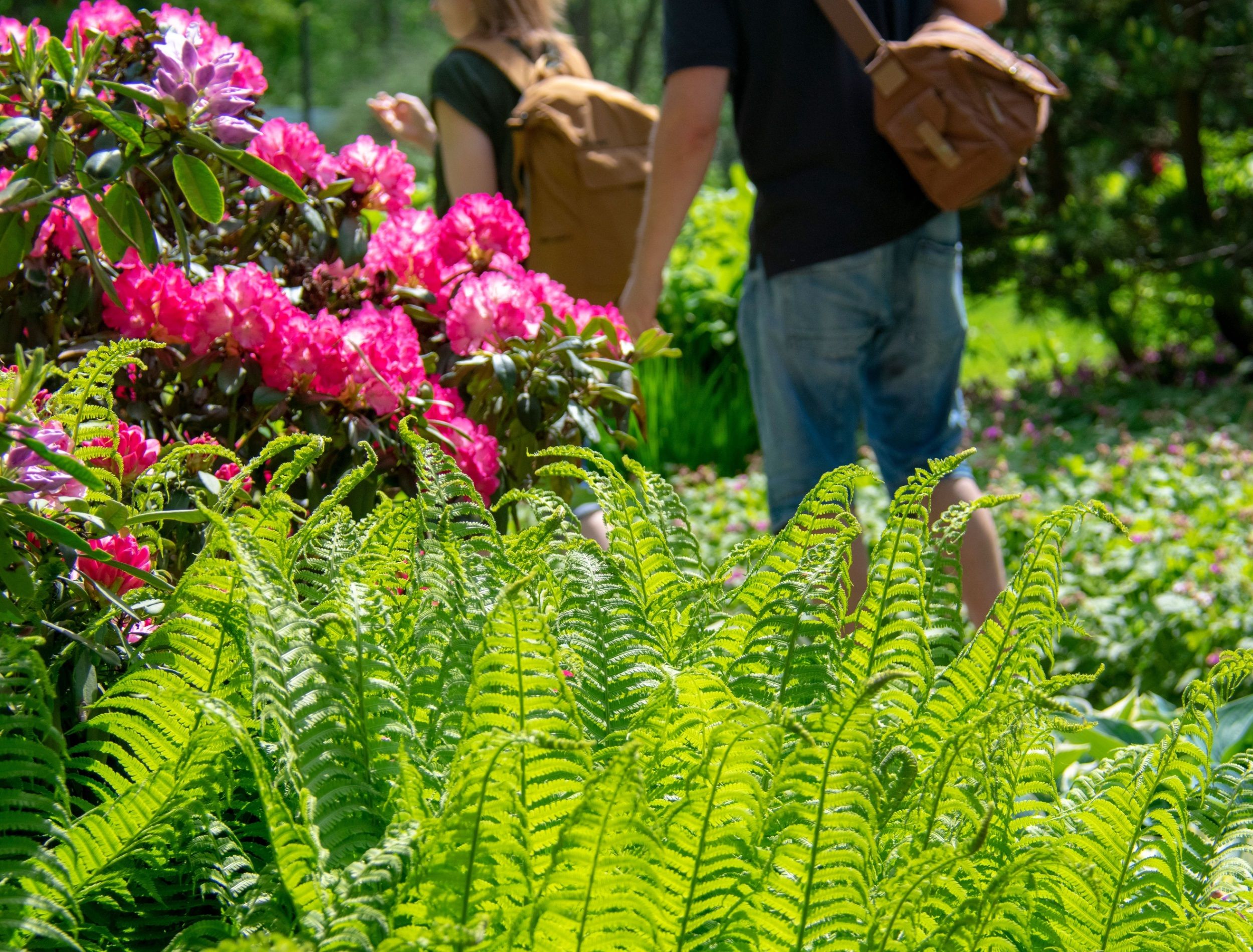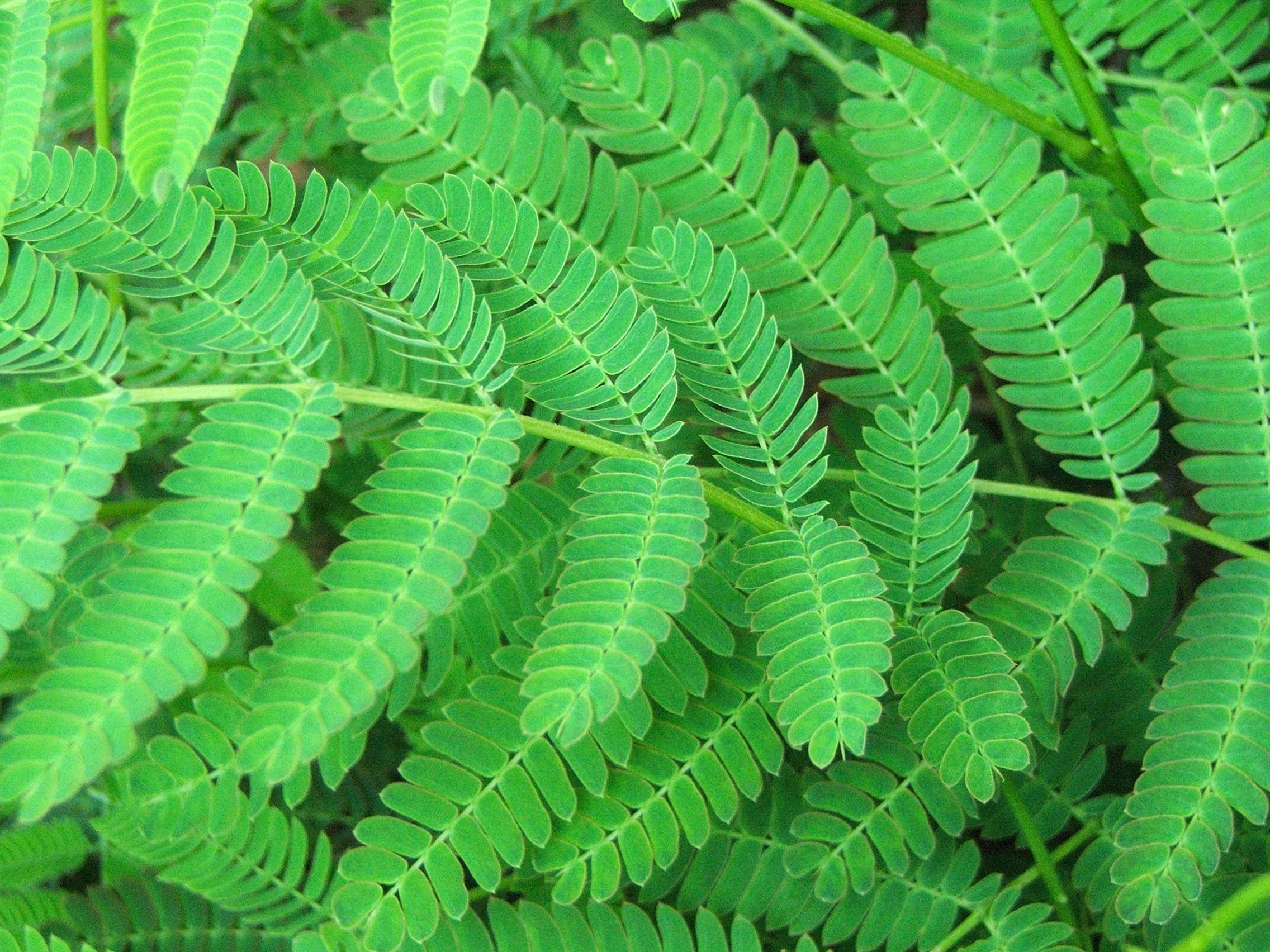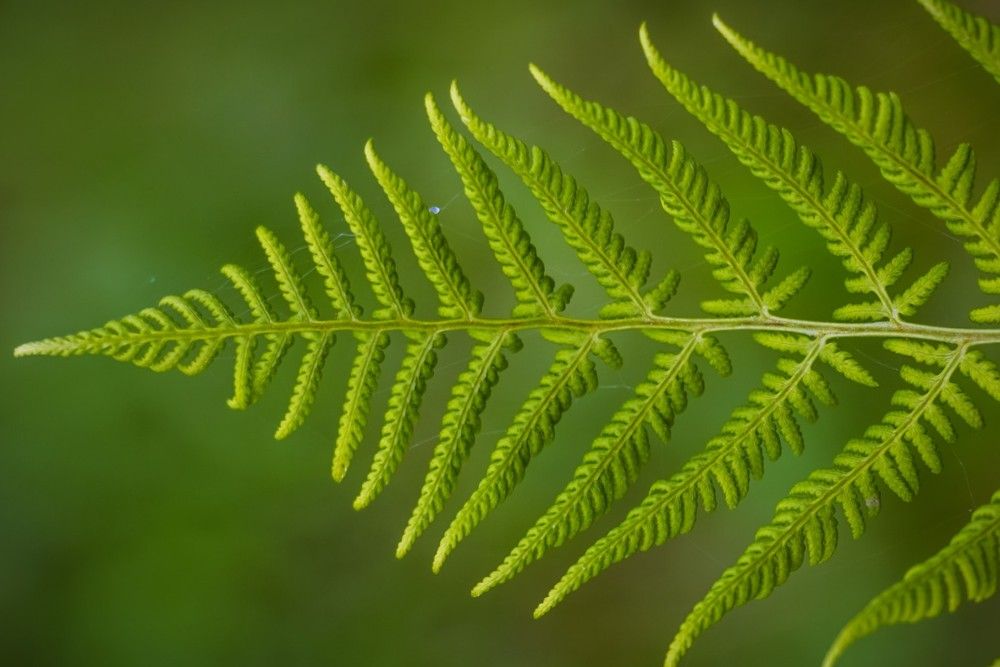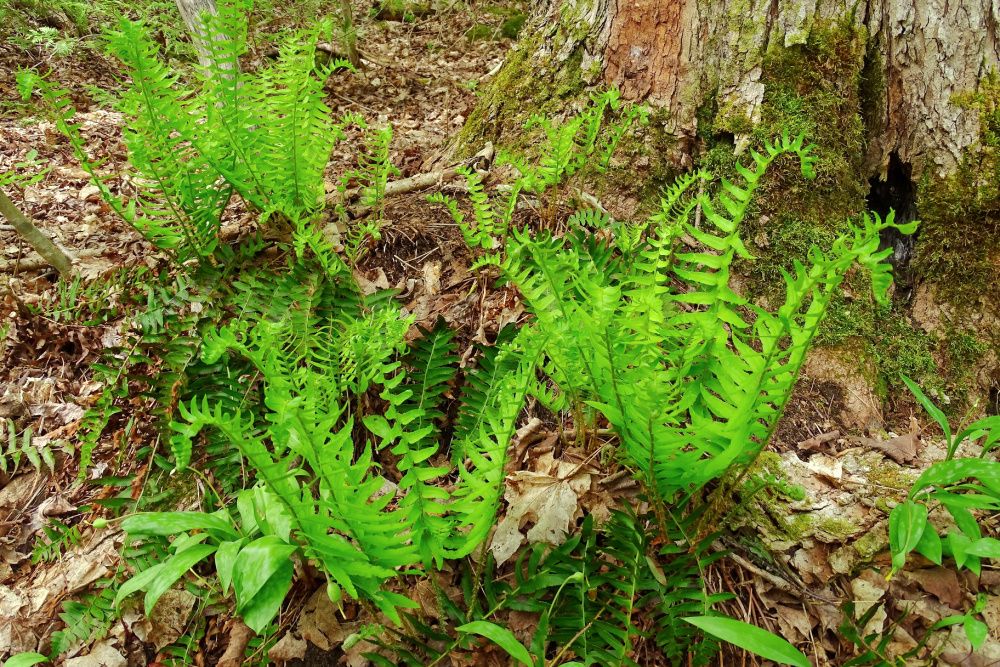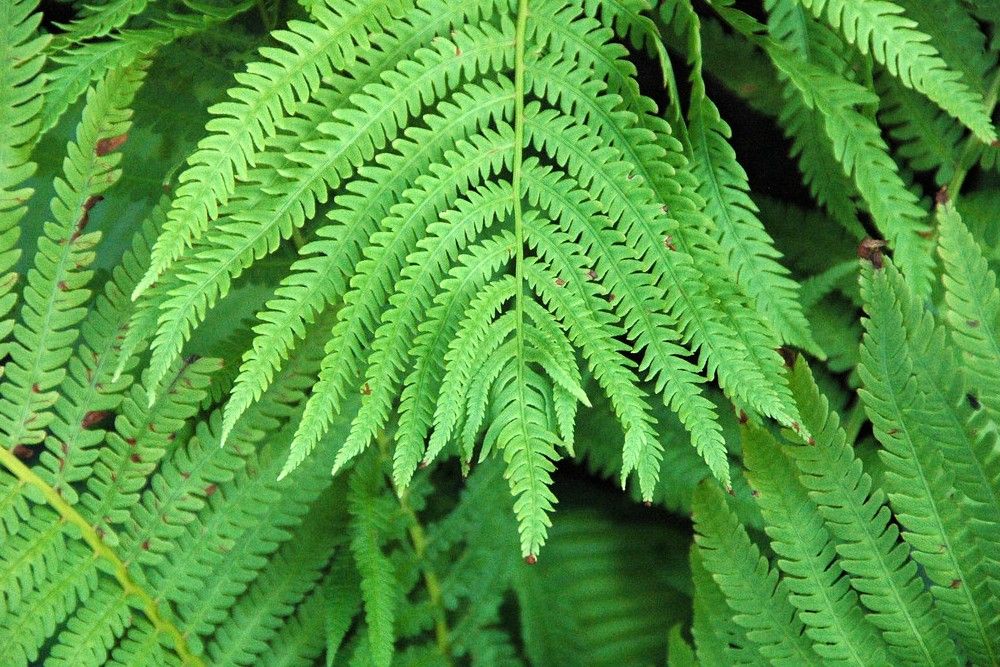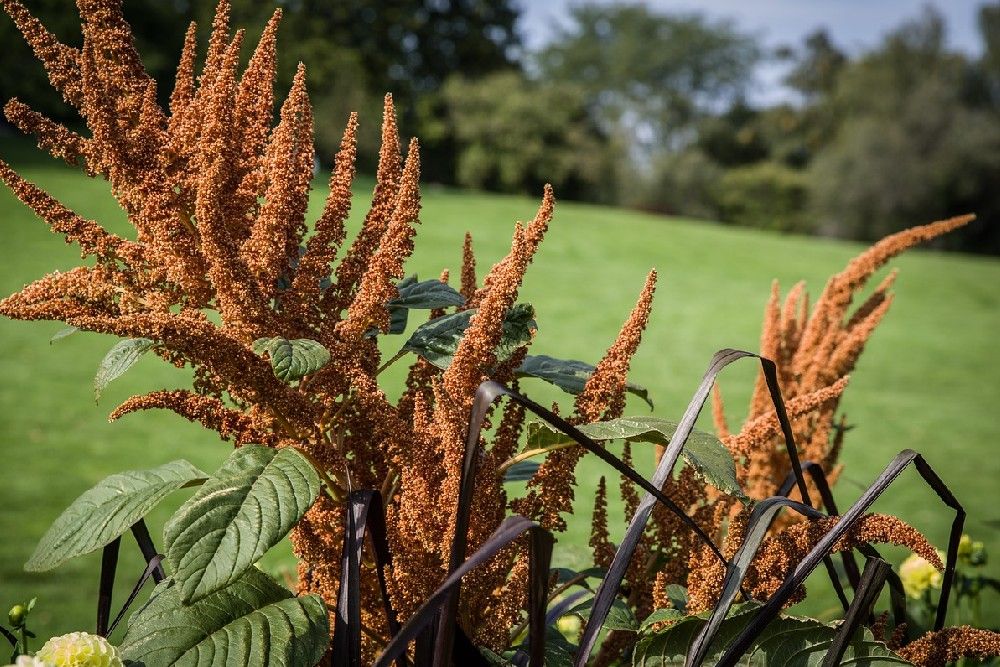Do you want to bring a bit of verdant beauty and durability into your garden? Hardy ferns are the ideal choice! Hardy ferns can tolerate various temperatures and weather conditions, including frost and hot spells, and can survive in shady spots.
They also add interesting textures and foliage to your garden, which bring liveliness to your landscape. Hence, if you want to create a tropical oasis at home with ferns that are easy to maintain, keep reading!
1. Western Maidenhair
Image credits: ronniebvia morguefiles
Western maidenhair (Adiantum Aleuticum) makes a great addition to most gardens, bringing texture and subtle color to shady areas. These ferns have a feathery texture and palm-shaped frond with three to eight fingers each. The fronds stand 1 to 2 feet tall on dark stems that die back each year, and new leaves appear each April.
The Western maidenhair can be planted for USD zone 3 to 9. It requires regular watering but ensures that the soil is damp and not wet. These ferns are forest dwellers in origin, so they need protection from bright sunlight. Plant your fern in a shady place away from direct sunlight to prevent leaf burns on the leaves.
The fern is extremely adaptable and can grow in various soils, such as sandy and clay. However, it is most happy when planted in well-draining soil and protected from the wind. When the fern starts growing during the summer, fertilize it with half-balanced liquid fertilizer once a month.
2. Hard Fern
Image credits: Pixabay via Pexels
Hard fern or deer fern (Blechnum Spicant) is an evergreen perennial that has been popular in gardens for centuries. It can reach heights of up to 2 to 3 feet and has two types of leaves; fertile fronds with erect linear pinnae and dark green, narrow, sterile leaves that spread outwards.
The underside of each leaflet of the fertile leaves features two dense rows of sori, which are spore-producing reproductive structures. The presence of sori allows the fern to self-sow, making it ideal for ground cover.
The fern can easily grow in zone 5 to 8, meaning it is hardy enough to withstand frost, although you should cover it with a sheet when there is a risk of freezing temperatures.
Plant the fern in partial shade and water it once a month when the roots have established. Fertilize lightly once a month on average during the growing season - do not fertilize your plant during the winter months.
This variety does best in rich, acidic soil with dappled to full shade. To keep your fern looking its best, remove any dead or damaged fronds in late winter or early spring before new growth emerges. With proper care, this hardy fern will add beauty and grace to your garden for years to come.
3. Christmas Fern
Image credits: DanushkaR via Shutterstock
Christmas fern (Polystichum Acrostichoides) got its name because it stays green through the holiday season. This hardy fern has long, glossy green fronds that have a leathery texture. The fronds grow in clusters from a crownless rootstock and are generally 1 to 2 feet in length. In the spring and summer, this fern produces small, tan-colored spores on the fronds' undersides and is responsible for reproduction.
The Christmas fern is an easy-to-care-for fern that needs to be watered twice a week during summer and once a week during winter. It requires well-draining, acidic, and humus-rich soils.
This fern is frost-hardy and belongs in zone 3 to 9. It needs to be planted in the shade but can tolerate up to six hours of part sun daily if the soil remains moist. Any more sunlight can lead to stunted growth and pale leaves.
With its lovely evergreen foliage and hardiness, this fern is an excellent choice for anyone looking for a durable fern that can stand up to various climates. Thus, it is a popular choice for planting in a hanging basket indoors.
4. Ostrich Fern
Image credits: James St. John via Flickr
Ostrich Fern (Matteuccia struthiopteris) is a vase-shaped deciduous fern that grows 2 to 3 feet tall. It has slender, pointed palmate fronds reaching 3 to 6 feet in length.
The plant is best grown in cool, moist, heavy clay soils within zones 3 to 7. It does not like full sun, which causes the leaves to turn yellow and burn, so position in an area in your garden that is partially or fully shaded.
You should keep the soil wet at all times for the ostrich fern to thrive, keeping an eye of the ground in the summer when there is a high probability of the soil drying out.
5. Cinnamon Fern
Image credits: emkanicepic via Pixabay
The cinnamon fern is a perennial plant that can reach up to 2 to 5 feet in height, with a spread of 2 to 3 feet. It has large, medium-green fronds that give a vase-like shape to the plant. The distinguishing feature of the fern is cinnamon-colored fertile fronds that shoot upwards from the center of the plant. The pinnae or leaflets of the fern also have rust-colored wool tufts at their base.
The plant can survive in zones 4 to 11 and all light conditions, from direct sunlight to full shade. However, it must be standing in water when exposed to direct sunlight and needs moist soil to grow in partial shade. The low-maintenance fern can be grown in muddy, sandy loam, medium loam, and clay soils as long as they are acidic.
Ferns: The "It" Plant
Hardy ferns are a great way to add some greenery to your garden without worrying about them dying in the first frost. So if you're looking for an easy-to-care-for plant that can add some interest to your garden, consider hardy ferns.
Hard ferns are a great addition to any garden. With such wide varieties to choose from, you can easily find one that fits your gardening style.
Do you have a fern at your place? How do you take care of it? Share in the comments!

